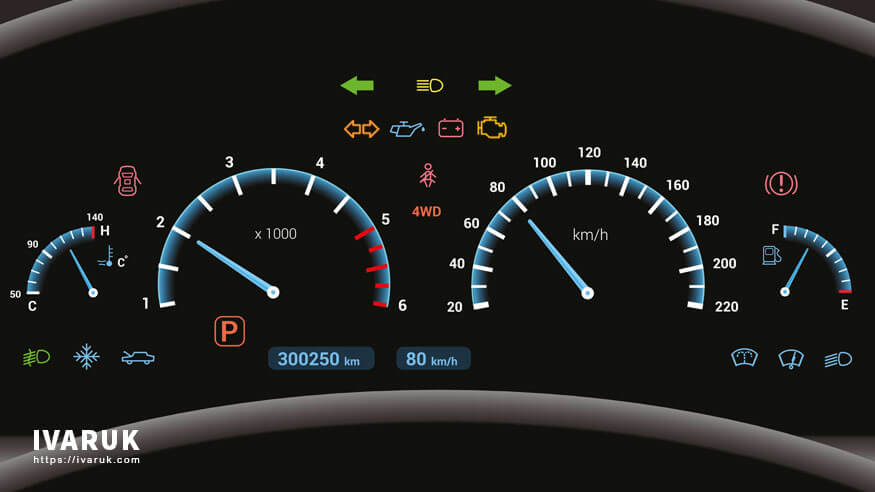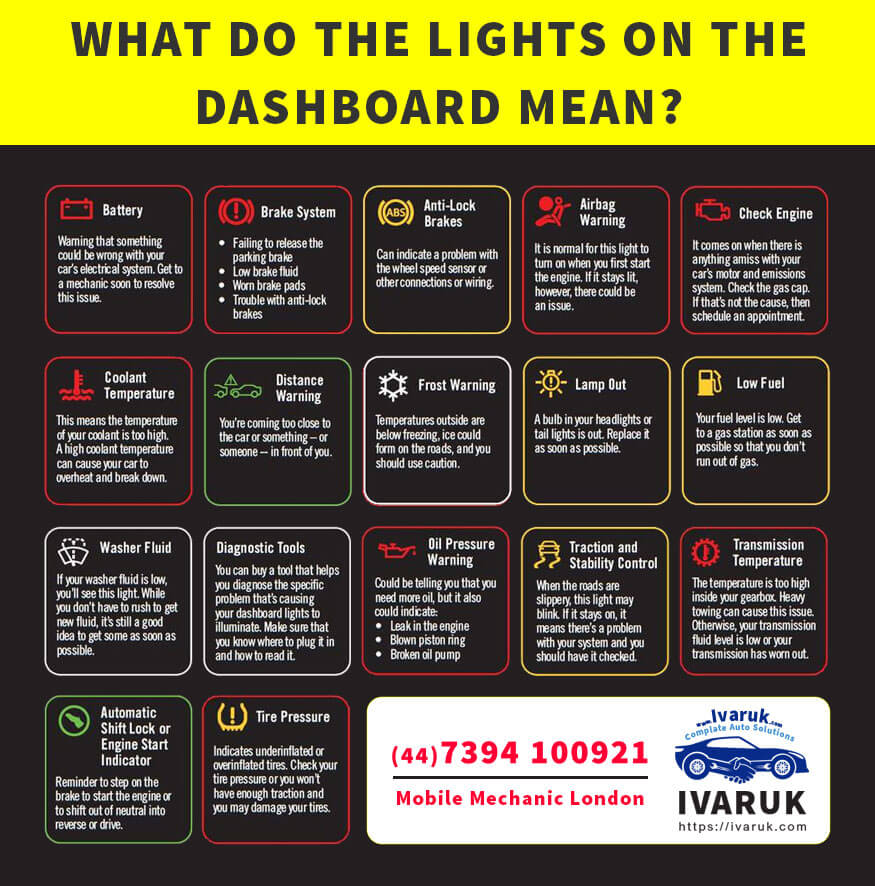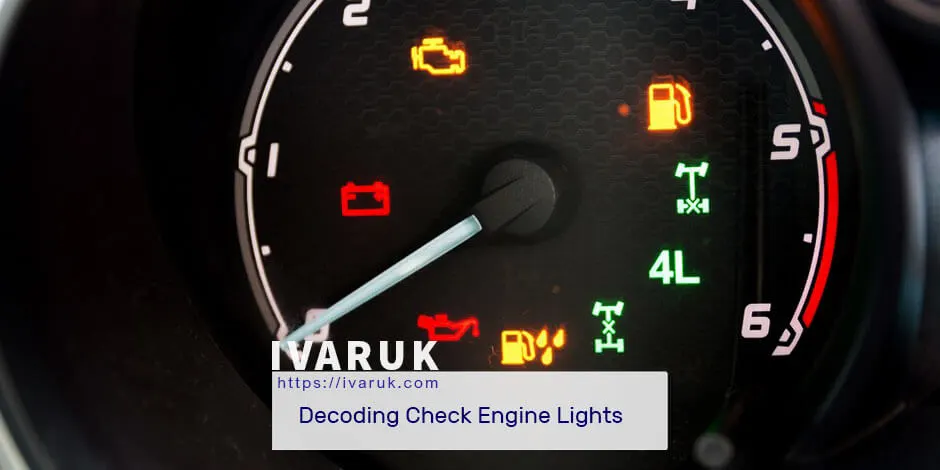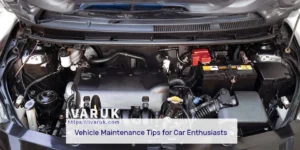Table of Contents
ToggleMastering the Mystery: Your Guide to Check Engine Light Solutions
Welcome to the ultimate DIY guide for understanding and addressing check engine lights. The modern automobile is a marvel of engineering, a symphony of interconnected systems working in harmony to transport us from one destination to another. Yet, like any complex machinery, cars occasionally send us signals that something might not be quite right. One of the most dreaded and enigmatic signals is the ominous “Check Engine” light. But fear not, for in this ultimate guide, we’ll unravel the mysteries behind this dashboard beacon and empower you to decode it yourself.

-
Understanding the Check Engine Light
Imagine driving down the road, the hum of your engine a comforting backdrop to your journey, when suddenly the dashboard illuminates with a yellow-orange glow: the Check Engine light. Before delving into diagnosing the issue, let’s understand what this light actually means. The Check Engine light is a signal from your car’s onboard diagnostic (OBD) system, indicating that there’s a potential problem affecting your vehicle’s performance or emissions.
Modern vehicles are equipped with a complex network of sensors and computers that constantly monitor various components. When a sensor detects an anomaly that deviates from the expected values, it triggers the Check Engine light. This could range from issues as minor as a loose gas cap to more complex problems within the engine or emissions systems.
Why is your check engine light on?
The “check engine” light can come on for a variety of reasons, and it’s essential to address it promptly to avoid potential issues. Some common reasons include:
- Oxygen Sensor Malfunction: The oxygen sensor monitors the air-fuel mixture in your engine. A malfunctioning sensor can lead to decreased fuel efficiency.
- Loose Gas Cap: A loose or damaged gas cap can trigger the light. It’s a simple fix, but leaving it unresolved can affect your car’s emissions.
- Catalytic Converter Issues: If the catalytic converter fails, it can lead to decreased performance and increased emissions.
- Faulty Spark Plugs or Wires: These components affect engine performance. Ignoring them can result in poor fuel economy and engine misfires.
- Mass Airflow Sensor Problems: This sensor measures the air entering the engine. Issues can lead to rough idling and reduced power.
- Exhaust Gas Recirculation (EGR) Valve Trouble: A faulty EGR valve can cause engine knocking and reduced fuel efficiency.
- Transmission Issues: Problems in the transmission system can trigger the light. Addressing these promptly is crucial to prevent costly repairs.
- Engine Misfires: Misfires can harm your engine and lead to increased emissions. Identifying and fixing the cause is essential.
- Evaporative Emissions Control System Leaks: Leaks in this system can increase harmful emissions and decrease fuel efficiency.
Internal Engine Problems: More severe issues like internal engine damage can trigger the light. These require immediate attention from a professional mechanic.
It is very important not to ignore the “check engine” light.
When the check engine light comes on, use an OBD-II scanner to retrieve Diagnostic Trouble Codes (DTCs). These codes provide valuable clues about the problem and help you or the mechanic quickly diagnose and fix the problem. Ignoring the light can lead to more important and costly repairs down the road.
Is your “check engine” light causing concern? Don’t let it linger in uncertainty. At IVARUK, we’re your trusted experts in car diagnostics and repair. Our skilled technicians decode those mysterious warning lights, pinpointing the problem with precision.
With cutting-edge diagnostic tools and years of experience, we go beyond just identifying issues; we provide comprehensive repair solutions that ensure your vehicle runs at its best. From simple fixes like oxygen sensor replacements to complex engine diagnostics, we’ve got you covered.
Don’t wait until that warning light leads to bigger problems. Visit IVARUK today and experience top-notch car diagnostics and repair services that keep you confidently on the road. Your car deserves the best, and so do you.
-
Decoding the Diagnostic Codes
The key to deciphering the Check Engine light’s message lies in the diagnostic trouble codes (DTCs) it generates. These codes provide a specific starting point for identifying the issue. To retrieve these codes, you’ll need an OBD-II scanner, a handy tool that plugs into your car’s OBD port. Once connected, the scanner communicates with your car’s computer to reveal the codes responsible for triggering the light.
-
Interpreting the DTCs
A DTC consists of a five-character alphanumeric code. The first character is a letter, followed by four digits. Each code corresponds to a specific problem within the vehicle. Luckily, a wealth of online resources and apps can help you decipher these codes. From oxygen sensor malfunctions (P0130) to evaporative emissions system leaks (P0455), understanding these codes can provide insights into the root cause of the issue.
-
Common Culprits and Simple Fixes
While DTCs provide a valuable clue, they don’t always pinpoint the exact problem. Fortunately, certain issues are more common than others and can often be tackled without extensive mechanical knowledge. These may include a loose gas cap triggering an evaporative emissions code or a faulty oxygen sensor causing poor fuel efficiency.
One common scenario involves the oxygen sensor (O2 sensor). This sensor monitors the level of oxygen in the exhaust gases, helping the engine adjust its air-fuel mixture for optimal combustion. If the O2 sensor malfunctions, it can lead to decreased fuel efficiency and increased emissions. Replacing the O2 sensor is often a straightforward task that can be accomplished with basic tools.

-
When to Seek Professional Help
While some issues are DIY-friendly, others might require the expertise of a professional mechanic. If you encounter a DTC that seems beyond your comfort zone or involves intricate components, it’s wise to consult a professional. Complex issues like internal engine problems or intricate electronic failures often necessitate specialized equipment and knowledge.
For instance, if you receive a DTC related to the transmission control module, it might involve complex diagnostics and specialized tools. Attempting to diagnose and repair transmission issues without the necessary expertise can potentially lead to further damage. In such cases, seeking the assistance of a qualified mechanic is a prudent decision.
-
Preventive Maintenance for a Healthier Engine
They say an ounce of prevention is worth a pound of cure, and this holds true for your car’s health as well. Learn about routine maintenance practices that can keep your engine running smoothly and potentially prevent check engine lights from making an appearance in the first place. Regular oil changes, air filter replacements, and spark plug maintenance play a crucial role in ensuring your engine’s longevity and optimal performance.
-
Tools of the Trade: Choosing the Right OBD-II Scanner
Now that you’re equipped with the understanding of DTCs and their significance, it’s time to delve into the world of OBD-II scanners. These compact devices act as your personal link to your car’s diagnostics. But with a variety of scanners available, how do you choose the right one for your needs?
Consider factors such as compatibility with your vehicle’s make and model, the user interface’s ease of use, and the range of functions the scanner offers. Some advanced scanners not only read DTCs but also provide real-time data on various parameters like engine temperature, fuel efficiency, and more. Whether you’re a novice or an enthusiast, selecting the right scanner can significantly enhance your diagnostic capabilities.
Is your Check Engine light causing concern? At IVARUK, we don’t just diagnose the issue; we provide comprehensive car inspection and repair services. When that light comes on, we’re your trusted partners in finding the solution.
Our skilled technicians are experts at deciphering Check Engine light warnings. we identify and repair the underlying issue to ensure your vehicle runs smoothly.
-
A Case Study: The Mysterious Misfire
Let’s dive into a real-world example to illustrate the practical application of our newfound knowledge. Imagine encountering a “Cylinder Misfire Detected” DTC (P0301) on your OBD-II scanner. This code suggests that one of the engine’s cylinders isn’t firing properly, potentially leading to reduced performance and increased emissions.
We’ll guide you through the steps of diagnosing the issue, which might involve inspecting spark plugs, ignition coils, and fuel injectors. By following this case study, you’ll gain insights into the diagnostic process and learn how to narrow down the root cause of the problem.
-
The Future of Diagnostics: Telematics and Beyond
As technology advances, so does the landscape of car diagnostics. Telematics, the integration of telecommunications and informatics, opens up new possibilities for remote diagnostics and real-time monitoring. With telematics systems, your car can communicate its health status to you and even to service centres, ensuring proactive maintenance and swift problem resolution.
Furthermore, emerging technologies like artificial intelligence and machine learning are poised to revolutionize the diagnostics field. Imagine a car that can predict issues before they even manifest as warning lights. This glimpse into the future underscores the exciting potential of automotive diagnostics.
-
Your Journey as a DIY Diagnostician
As you conclude your journey through this ultimate guide, remember that becoming a DIY diagnostician is a continuous learning process. Armed with the knowledge you’ve gained, you’re well on your way to confidently addressing check engine lights and understanding your car’s language of diagnostics.
By regularly staying updated on your vehicle’s maintenance needs and investing time in learning about its intricate systems, you’re not just maintaining a car; you’re cultivating a sense of automotive empowerment. The next time the Check Engine light illuminates, you won’t feel anxiety; you’ll feel curiosity—an invitation to uncover the puzzle beneath the hood.
Conclusion
The Check Engine light, once a source of frustration and uncertainty, has now transformed into a beacon of empowerment. As you’ve journeyed through the ultimate DIY guide for decoding check engine lights, you’ve acquired the tools and knowledge to navigate the intricacies of automotive diagnostics.
Remember that understanding your car’s language of DTCs is a valuable skill that benefits both your vehicle’s health and your peace of mind. No longer confined to the role of a passive driver, you’ve stepped into the shoes of a proactive car enthusiast who’s ready to face challenges head-on.
So, the next time your dashboard emits that telltale glow, you won’t be daunted; you’ll be excited—an explorer on a quest to uncover the secrets your car holds. As you embark on this journey of automotive understanding, you’re not just driving; you’re deciphering, diagnosing, and ultimately, driving with confidence.
Faq’s about engine lights
1. Why did my check engine light turn on?
The check engine light can come on for a variety of reasons, including problems with the engine, exhaust system, sensors, or emissions components. This is a signal that something needs attention.
2. Can I continue driving with the check engine light on?
While you can drive with the lights on, it is essential to diagnose and repair the problem quickly. Ignoring it can lead to more serious problems and reduced fuel efficiency.
3. How much does it cost to diagnose the check engine light problem?
The cost can vary depending on the complexity of the problem and the mechanic’s labour rate. Many auto parts stores offer free code scans, but professional diagnosis may incur fees.
4. Are check engine light issues covered by my car warranty?
If your vehicle is still under warranty, some check engine light repairs may be covered. Check your warranty documentation for details and eligibility.
5. Can I use a code reader to turn off the check engine light?
Code readers can clear Diagnostic Trouble Codes (DTCs), but it is necessary to address the underlying problem. Clearing the codes without fixing the problem can lead to repeated problems.
6. What if the check engine light flashes?
A flashing check engine light indicates a serious problem, such as a misfire that could damage the catalytic converter. It is very important to slow down and check your vehicle immediately.
7. How do I avoid check engine light issues?
Regular maintenance, including oil changes, air filter changes, and scheduled tune-ups, can help prevent common engine light triggers. Follow your car’s maintenance schedule.
8. Can I drive with the check engine light code hanging?
You can drive with a suspended code, but this is an indication that a problem has been detected. Continuing to drive without addressing it can lead to more serious problems.
9. What if the check engine light turns off by itself?
If the light goes off, it means that the problem may be temporary or intermittent. It is still recommended to inspect your vehicle to make sure everything is working properly.
10. Are there DIY solutions to check engine light issues?
Some minor problems, such as a loose gas cap, can be fixed by DIY. However, complex problems may require professional diagnosis and repair to prevent further damage.
11. How often should I inspect my vehicle for check engine light problems?
Regular vehicle inspections, as part of your maintenance routine, can help detect problems early. Additionally, when the check engine light comes on, show it immediately.



